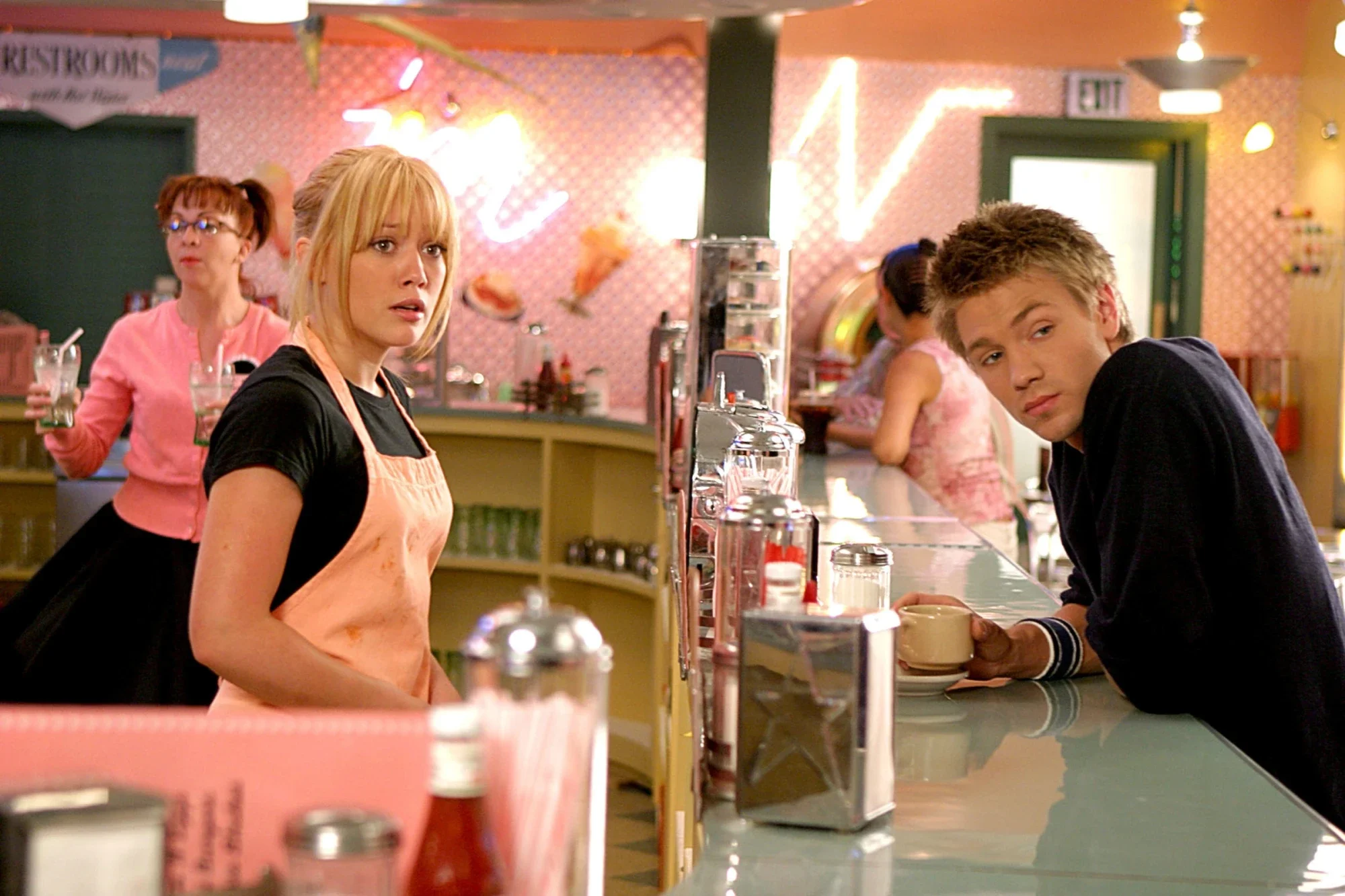In an era where everything old is new again, millennial nostalgia has reached fever pitch. Everything is a reboot or a remake or a rehash these days — from films like Beetlejuice Beetlejuice and Mean Girls:The Musical to shows like High School Musical The Musical The Series (which catapulted Olivia Rodrigo to fame). Yes, IP […]

